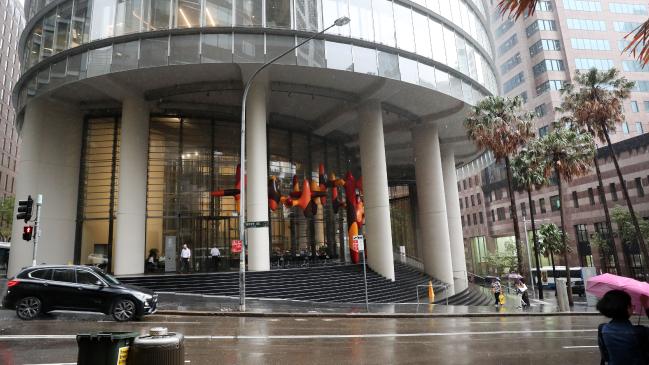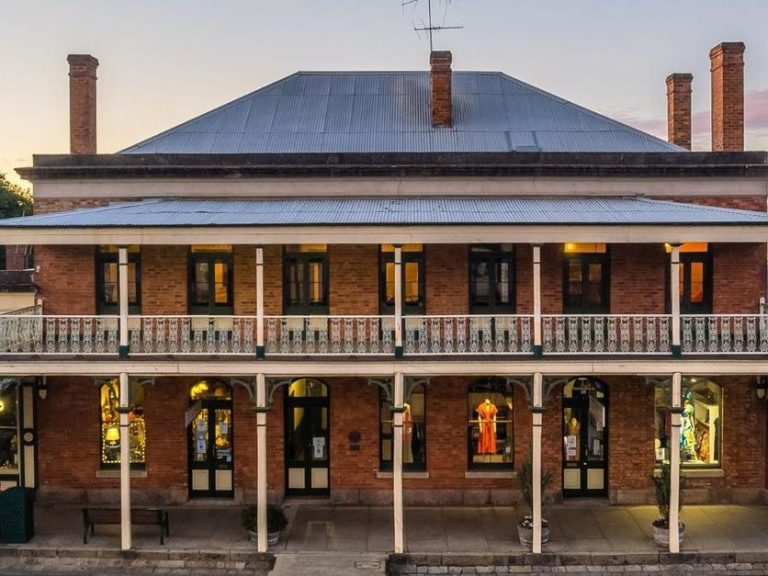‘No need to panic’: Coronavirus impact on office markets yet to be known

What will be the impact of the current variant of the coronavirus, COVID-19, on the office property market cycles? The reality is that we don’t really know yet how bad the virus will be, let alone the impact. But what seems clear is that it will spread widely and burn out.
There will be significant disruption, with negative demand and supply chain shocks to the economy, possibly spreading to the office markets. And positive impacts through the monetary, fiscal and health services demand response.
But every day the severity, spread and timing is being revised along with estimates of the impact. So there’s not much use hanging our hats on quantitative estimates of a particular shock. But we do need a road map to help run our investment strategy and to formulate an appropriate response.
My more limited objective is to look at the medium-term (five years for me) qualitative impacts on office leasing markets, on property markets and on development, and hence on rents’ property prices and market behaviour over time to see how they will pan out, to work out what we should be watching as evidence emerges, with a view to understanding what we as investors, developers, owners, tenants, lenders and service providers should do about it.
Before we start, let’s look at the “base case” outlook for office markets in the absence of the virus.
In Sydney and Melbourne, we’re well and truly into the upswing and forecasting a moderate little cycle, with Sydney peaking in roughly three years and Melbourne running a little longer.
We don’t yet know how big the cycle will be. That depends on how much is built in the boom phase. But we’re not there yet. We still haven’t started the building that will oversupply the market. And the outcome can vary between that moderate little cycle we are forecasting and a runaway boom like the 1980s or like Brisbane and Perth offices in the mining boom. That depends on how much is built from here on. The bigger the boom, the bigger the bust.
Meanwhile, we can only watch and wait, counting future supply and demand to see the extent of oversupply. But, given the time between commencement and completion of buildings, we’ll have three years’ warning.
If we look beyond the COVID-19 shock into the medium term, there’s no need to panic about office markets.
Brisbane, Perth and Adelaide are still bumping along the bottom of the cycle absorbing the excess stock from the mining boom, and on the threshold of the upswing.
Prices in all markets are being boosted by the investment market impact of low bond rates on yields.
It’s a little simplistic to talk about cycles without differentiating between supply cycles and demand cycles. And, given what may happen when the lower for longer bond rates unwind, we need to add financial cycles. Supply cycles are the big ones. It takes longer to build up oversupply and a long time to absorb. Witness office markets during and after the 1980s boom. Ditto the mining boom.
And we shouldn’t forget financial cycles resulting from withdrawal of credit such as happened in Australia as a result of the global financial crisis. They can be distinguished from the late 1980s supply cycle where our very own Australian financial crisis and the resulting recession were caused by a massive oversupply of commercial property. That oversupply took well over a decade to absorb.
However, demand cycles are driven by economic factors such as industry growth and confidence, and are subject to short-term shocks. They tend to be shorter and lower in magnitude. They can have quite dramatic effects as they fluctuate with the economy, but are more quickly absorbed.
That’s the base case. What impact the current coronavirus?
Given the uncertainty, we are largely looking at the consequences of a negative demand shock to parts of the economy of indeterminate size and magnitude. Let me think aloud about how that will affect the different cycles in office markets, both as a direct result of the shock and afterwards.
Given the limited expected duration of the shock, the direct effect on net absorption of office space will be short-term. The shocks come both through real impacts on the economy — reduced demand, supply constraints and delays, sickness and availability of labour, travel and logistical constraints — and behavioural reactions (and perhaps overreactions) to the threat through the influence on confidence and hence demand, production and investment. These need not all be negative as response to the virus will stimulate some forms of activity.
And the impact on office markets will be through reduced economic growth and office employment and as a result of weak confidence resulting in deferred leasing decisions and reduced net absorption of office space. As growth resumes, net absorption will rebound. The impact of such a demand shock on rents could be severe, depending on how determined building owners were to lease up vacant space.
In Sydney and Melbourne, we’re well and truly into the upswing and forecasting a moderate little cycle, with Sydney peaking in roughly three years and Melbourne running a little longer.
The extraordinary incentives offered and the collapse in effective rents when GDP growth collapsed for a year in 2000-01, and then recovered, comes to mind. (Mind you, the increased incentives never showed up in face rents and had little impact on property prices.) But the impact would be short-lived. Provided there is no long-term shift in office working arrangements, and I don’t expect one, demand would rebound and incentives evaporate quickly. Again, 2000-01 comes to mind.
Given the tightness of leasing markets in Sydney and Melbourne, I don’t expect that owners will engage in panic leasing incentives. It’s much more sensible to wait it out. Brisbane, Adelaide and Perth — where vacancy rates are much higher — are more likely to be susceptible to panic leasing incentives, but I wouldn’t advise it. Again, better to wait it out.
There will also be a supply response through component constraints and labour force impacts leading to delays and stalled projects. And, depending on the impact on confidence, it would discourage new developments.
On the other hand, with an even more aggressive monetary policy response, continued lower for longer interest rates, in particular bond rates now significantly below 1 per cent, will keep property prices stronger and offset some of the aforementioned negative impacts. The net impact will be setbacks to the property cycles, interrupting the upswings. But we haven’t seen the top of the market yet. The cycles have yet to run their course. The upswings will resume, albeit a little later. And ironically, given the current stages of the cycle in different cities, those setbacks and delays mean that the cycles will run longer and stronger!
If we look beyond the COVID-19 shock into the medium term, there’s no need to panic about office markets.
Any negative impact of COVID-19 will be short-lived, say one or two years. There may be a short-term setback to the upswing, with a weakening of leasing markets and effective rents, and possibly a minor setback to prices.
But the downside risk to prices is low and they’ll rebound as the economy and office net absorption recover post the COVID-19 shock.
We still haven’t built enough office space to oversupply the markets, so we’re still a long way from the top.
This article originally appeared on www.theaustralian.com.au/property.







